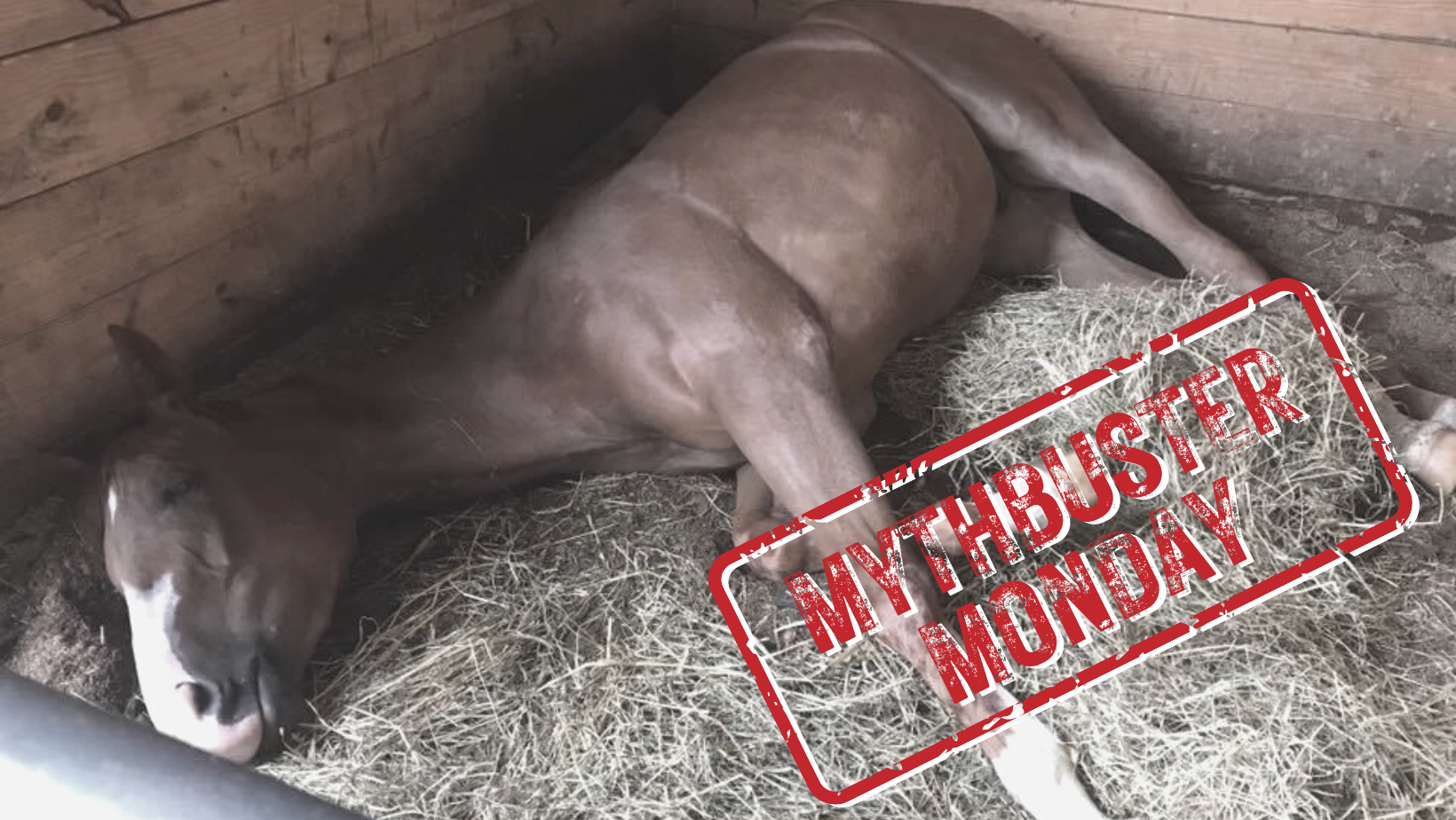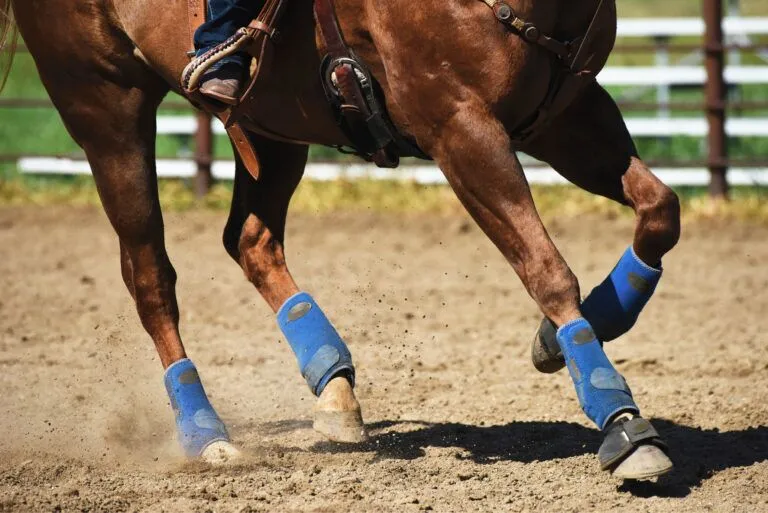Horse Sleep Patterns: REM Sleep While Standing

Horses have unique sleep behaviors that differ significantly from many other animals, especially when it comes to how and when they enter Rapid Eye Movement (REM) sleep. Understanding these patterns not only sheds light on equine biology but also helps horse owners ensure their animals get the rest they need.
Overview of Horse Sleep

Unlike humans, horses do not require long periods of continuous sleep. Instead, they sleep in short bursts throughout the day and night, totaling about 2.5 to 3 hours of sleep in a 24-hour period. Their sleep is divided into two main types:
- Non-REM Sleep: This is a lighter sleep phase where horses can rest while standing, thanks to a unique anatomical feature called the “stay apparatus” that allows them to lock their legs and relax without falling.
- REM Sleep: This is the deep sleep phase characterized by rapid eye movements, muscle relaxation, and dreaming. REM sleep is crucial for cognitive functions and overall health.
REM Sleep While Standing: Myth or Reality?
A common misconception is that horses can achieve REM sleep while standing. However, scientific studies have shown that horses need to lie down to enter REM sleep. This is because REM sleep requires complete muscle relaxation, which is not possible when standing due to the need to maintain balance.
Why Horses Lie Down for REM Sleep
- Muscle Relaxation: REM sleep involves a state of muscle atonia (muscle paralysis), which prevents movement during dreaming. Horses cannot achieve this while standing.
- Safety Considerations: Although lying down makes horses more vulnerable to predators, they typically lie down only when they feel safe and secure.
The Stay Apparatus: Standing Rest Explained
The stay apparatus is a specialized system of tendons and ligaments in a horse’s legs that allows them to lock their limbs in place. This adaptation enables horses to rest while standing without expending much energy or risking collapse.
- Benefits: This mechanism allows horses to quickly flee from danger if needed, even when resting.
- Limitations: Despite this ability, the stay apparatus does not support the muscle relaxation required for REM sleep.
How Much Do Horses Sleep Lying Down?
Horses typically lie down for about 30 minutes to 2 hours per day to achieve REM sleep. This time is usually broken into short intervals to minimize vulnerability.
Table: Summary of Horse Sleep Phases
| Sleep Phase | Description | Position | Duration (per 24h) |
|---|---|---|---|
| Non-REM | Light sleep, muscle tone maintained | Standing or lying | 2 to 2.5 hours |
| REM | Deep sleep, muscle atonia | Lying down | 30 minutes to 2 hours |
FAQs
Q1: Can horses sleep standing up?
Yes, horses can rest and enter light non-REM sleep while standing due to their stay apparatus.
Q2: Why do horses need to lie down for REM sleep?
Because REM sleep requires complete muscle relaxation, which is only possible when lying down.
Q3: How long do horses sleep each day?
Horses sleep about 2.5 to 3 hours in total, including both standing rest and lying down for REM sleep.
Q4: Is it safe for horses to lie down?
Yes, horses lie down when they feel safe and secure, as lying down increases vulnerability.
Understanding these sleep patterns helps in providing better care and environment for horses, ensuring their health and well-being.
